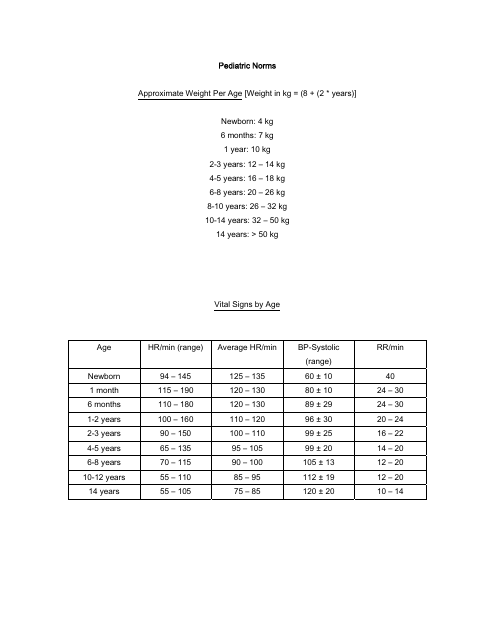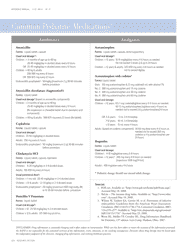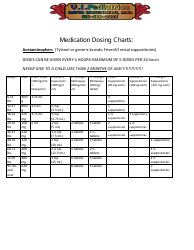Pediatric Norms Chart
A Pediatric Norms Chart is used to track and compare various developmental milestones and growth parameters of children. It provides a guideline for healthcare professionals to assess the child's growth and development in relation to the typical range for their age group. This chart helps in detecting any potential delays or abnormalities in a child's development.
FAQ
Q: What is a pediatric norms chart?
A: A pediatric norms chart is a graphical representation of certain measurements and milestones of a child's growth and development, typically based on age and gender.
Q: What information does a pediatric norms chart provide?
A: A pediatric norms chart provides information about typical ranges of measurements, such as height, weight, head circumference, and development milestones, for children of different age groups.
Q: Why are pediatric norms charts used?
A: Pediatric norms charts are used by healthcare professionals to track a child's growth and development and compare it to the average range for their age group. It helps identify any potential concerns or deviations from the expected norms.
Q: How often should a child's growth be measured using a pediatric norms chart?
A: In general, a child's growth should be measured at regular intervals during well-child check-ups, which are typically scheduled at specific ages recommended by healthcare professionals.
Q: Can a pediatric norms chart be used to diagnose medical conditions?
A: While a pediatric norms chart can provide valuable information about a child's growth and development, it should not be used as the sole basis for diagnosing medical conditions. It is important to consult with a healthcare professional for accurate diagnosis and appropriate healthcare management.
Q: Are pediatric norms charts the same for boys and girls?
A: No, pediatric norms charts often have separate charts or percentiles for boys and girls, as growth patterns and development milestones can vary between genders.
Q: Do pediatric norms charts account for cultural or ethnic differences?
A: Pediatric norms charts are generally based on data from a diverse population, but individual cultural and ethnic differences may not be specifically accounted for. If there are concerns about how your child's growth compares to the norms, it is best to consult with a healthcare professional who can consider various factors, including cultural and ethnic backgrounds.







